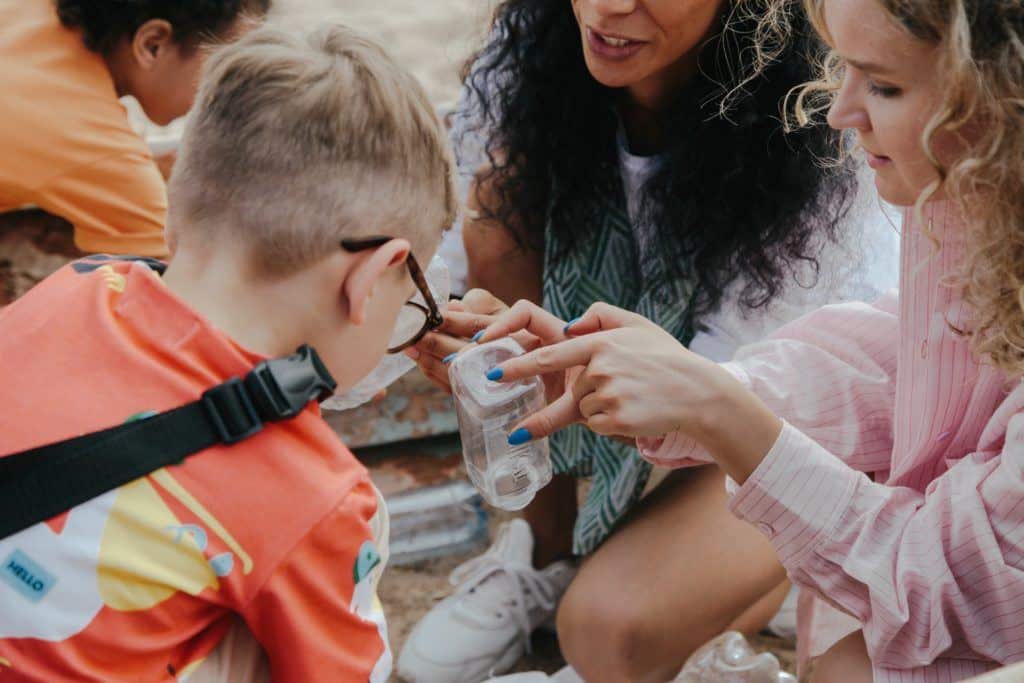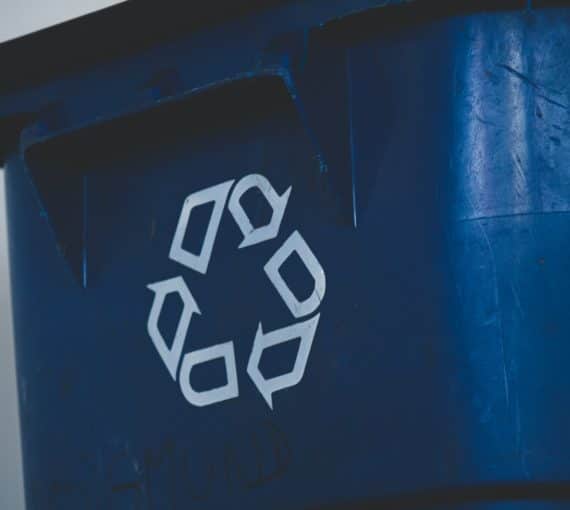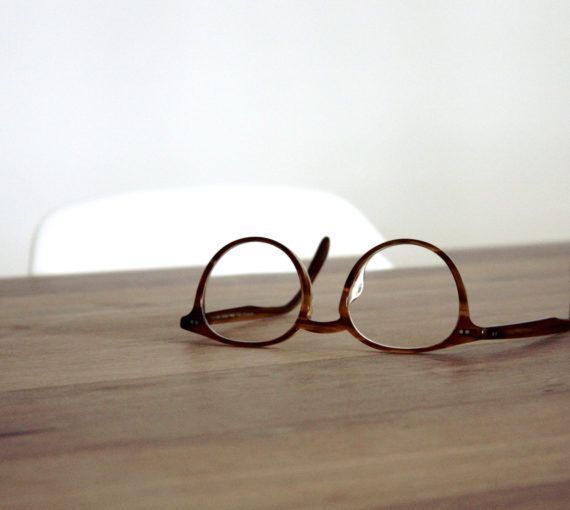
Recycling is not the answer to the plastic problem. Despite municipal programs, we still ship boatloads of plastic overseas to be “recycled.” We need to recycle less. (Photo: Ron Lach via Pexels)
Plastic is everywhere. It’s hard to know what you can reuse, what you can recycle and what you can do to reduce your plastic consumption.
What do the numbers mean?
Look on the bottom of a plastic laundry detergent bottle or yogurt container. See the recycling triangle symbol with a number in the middle? Many people assume that indicates how to recycle the plastic. It’s actually the plastic resin content.
There are seven standard classifications for plastics. Check your municipality or city waste services website to see which plastics you can recycle where you live.
Seven standard classifications for plastics
Hover over each number to learn more!
PET (polyethylene terephthalate)
Found in most water and beverage bottles and some packaging. Hard to de-contaminate. Proper cleaning releases harmful chemicals, like DEHA.
DO NOT REUSE
HDPE (high-density polyethylene)
Found in milk, detergent and oil bottles, toys and plastic bags. Considered one of the safest forms of plastic.
REUSABLE
PVC (vinyl/polyvinyl chloride)
Found in food wraps, food oil bottles, teething rings, pet toys and blister packaging. Produces toxins from manufacture through disposal. Avoid using for microwaving (use glass or microwave-safe crockery instead); wraps made from LDPE (#4) are safer.
DO NOT REUSE
LDPE (low-density polyethylene)
Found in shrink wraps, garment bags (from dry cleaners), squeezable bottles, furniture and plastic bags. Less toxic than other plastics.
REUSABLE
PP (polypropylene)
Found in bottle tops, disposable diapers, medicine and syrup bottles, drinking straws, carpeting, bags and food wraps, yogurt and margarine containers. Considered one of the safest plastics.
REUSABLE
PS (polystyrene)
Found in plastic cutlery, foam packaging, egg cartons, take-out containers. May leach into food products.
AVOID
Other (LEXAN, polycarbonate, BPA a.k.a. bisphenol A)
Usually layered or mixed plastics.
DO NOT REUSE/AVOID
NOTE: Some plastics labeled “do not reuse” are still recyclable. Always check your municipal recycling guidelines before disposing or recycling plastic.
What you can do
Recycling is not the answer to the plastic problem. Despite municipal programs, we still ship boatloads of plastic overseas to be “recycled.” We need to recycle less.
Reduce your plastic consumption by refusing plastic products. (Here are 15 tips for going zero waste.)
And call on government to move forward with Canada’s ban on single-use plastics.
The real problem is that we produce too much. Remember, the first of the Rs is reduce.
David Suzuki
Stop plastic pollution today
Plastic pollution is threatening the country’s wildlife and natural environment. Tell candidates in the federal election to move forward with a ban on single-use plastics.


